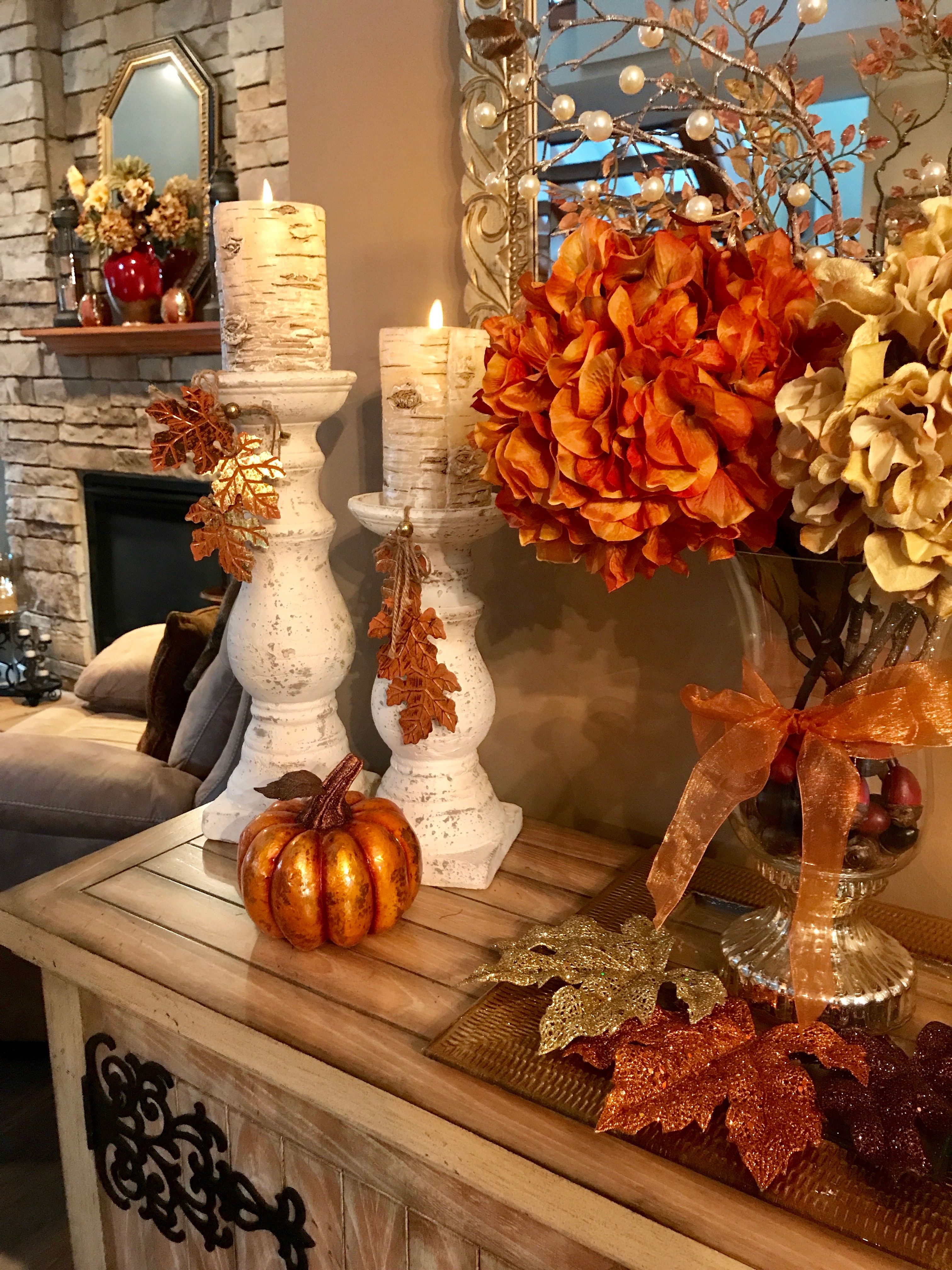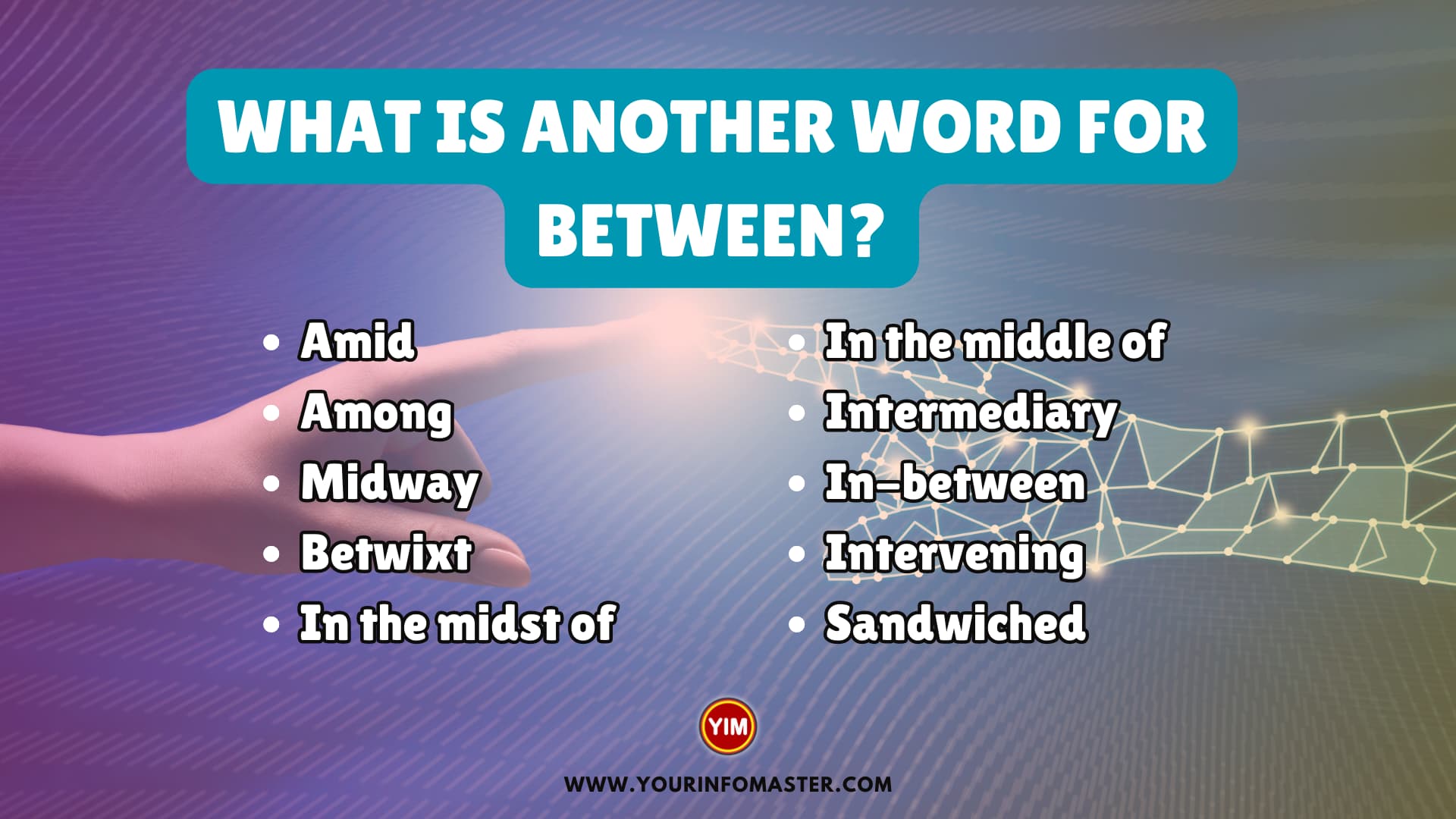Christmas Tree Tradition: Origins of Festive Decorating

Christmas trees have become iconic symbols of the holiday season, adorning homes, public spaces, and capturing the imagination of people all around the world. But have you ever paused to ponder the roots of this delightful custom? Let's take a journey through time to uncover the fascinating origins of Christmas tree traditions and understand how this practice evolved into the festooned spectacle we cherish today.
The Ancient Roots of Evergreen Trees

The tradition of using evergreen trees, like firs and pines, predates Christianity. Ancient civilizations, including Egyptians, Romans, and Druids, revered evergreens as symbols of life amid the lifelessness of winter. Egyptians brought green palm rushes into their homes during the Ra, the sun god’s rebirth. Similarly, Romans used greenery during Saturnalia, a festival honoring the deity Saturn.
- Symbolism: These practices symbolized life, rebirth, and eternal life, with the evergreen’s resilience against the cold winter.
- Practices: These cultures would not only bring greenery into their homes but also use the trees in ceremonial dances, public celebrations, and festivals.
Christian Influence on Tree Decorating


The transition of evergreens into a Christian Christmas tradition can be traced back to the medieval era. In a German legend, Saint Boniface, in the 8th century, cut down the ‘Thor’s Oak’ and pointed out a young fir tree as a symbol of Christ. This early association set the stage for the evolution of tree decorating.
- Boniface’s Legend: The story goes that he told the pagans that the humble fir tree’s triangular shape represented the Holy Trinity.
- Early Decorations: By the late Middle Ages, Christian homes began to use evergreens, though decorations were minimal, often just with apples and nuts.
The Renaissance and Beyond

During the Renaissance, the custom of tree decorating gradually spread throughout Europe. In Germany, particularly, the practice took root and grew. By the 16th century, the first documented use of a decorated tree in a home appeared.
- German Influence: German families started to set up evergreen trees, often a sapling or small tree, in their living rooms or market squares, adorned with paper flowers, candles, nuts, and apples.
- Records: A letter from Strasbourg, dated 1605, describes citizens putting up fir trees in their parlors and hanging them with “roses cut out of many-colored paper.”
The Spread of Christmas Trees

Christmas trees remained a largely German tradition until the 19th century when they gained popularity in other countries.
- England: In 1841, Prince Albert, consort to Queen Victoria, introduced the Christmas tree to England. A print of the Royal Family gathered around a tree with presents further popularized the custom.
- United States: German immigrants brought the tradition with them, and by the mid-19th century, Christmas trees were becoming a common sight, especially in areas with significant German populations.
Modern Christmas Tree Traditions


Over the years, Christmas tree decorating has transformed into an art form with countless variations. Here’s how it’s evolved:
- Decorative Elements: From the humble beginnings of apples and nuts, trees now boast colorful baubles, twinkling lights, tinsel, and intricate ornaments.
- Themes: Modern families often choose themes, ranging from traditional red and green to whimsical designs like candy canes, Disney characters, or elegant crystal decorations.
- Artificial Trees: While live trees still have a special charm, artificial trees provide convenience, hypoallergenic environments, and the ability to reuse.
🎄 Note: The transition from natural to artificial trees reflects both environmental concerns and the desire for convenience in a modern lifestyle.
As we've delved into the history of Christmas trees, we can appreciate the deep-rooted traditions that have shaped our modern celebrations. Whether you prefer a live tree or an artificial one, the essence remains the same – a symbol of life, light, and togetherness during the darkest time of the year. This tradition connects us to ancient civilizations, medieval Christianity, and the world's ongoing journey through time, each ornament and light adding to a collective tapestry of joy, hope, and holiday cheer.
What was the earliest known record of a Christmas tree?

+
The earliest known record of a Christmas tree comes from a 1605 letter from Strasbourg, Germany, describing the custom of setting up fir trees in homes and decorating them with paper flowers.
Why are evergreens associated with Christmas?

+
Evergreens are used because they symbolize life amidst the cold winter, reflecting themes of rebirth, eternal life, and the resilience of nature, which align with Christian and pagan traditions celebrating life and light during the darkest time of the year.
How has the decoration of Christmas trees evolved over time?

+
From simple decorations like apples, nuts, and candles, Christmas trees have evolved to include an array of ornaments, lights, tinsel, and even artificial snow. The introduction of artificial trees has also allowed for greater variety and convenience in tree decoration.


